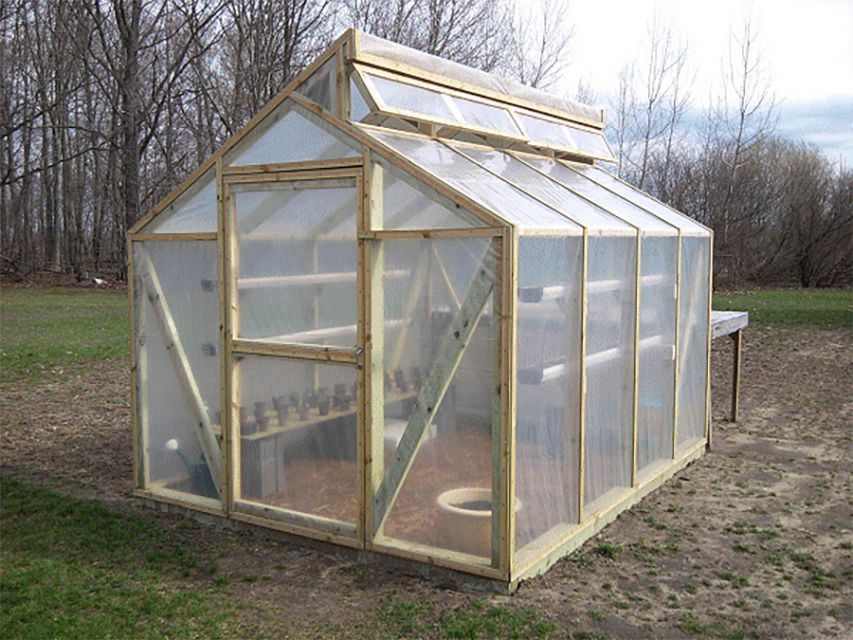Eliminating Food Deserts in America: Strategies, Impact, and Actionable Solutions
Understanding Food Deserts in America
Food deserts are geographic areas where residents have limited access to affordable and nutritious food, particularly fresh fruits and vegetables. These areas are most commonly found in low-income communities, where supermarkets and grocery stores are scarce or inaccessible. According to the U.S. Department of Agriculture (USDA), a food desert is defined as a community with at least a 20% poverty rate and where at least 33% of residents live more than one mile from the nearest grocery store in urban areas, or more than ten miles in rural areas. This lack of access contributes to poor diet and increased risk of chronic health conditions such as obesity, diabetes, and cardiovascular disease [1] , [5] .
Why Eliminating Food Deserts Matters
The importance of eliminating food deserts cannot be overstated. Communities without nearby sources of healthy, affordable food experience higher rates of diet-related illnesses. Residents often rely on convenience stores or fast-food outlets, which typically offer processed foods high in sugar, fat, and sodium but low in essential nutrients. This leads to a cycle of poor health outcomes, higher healthcare costs, and reduced quality of life [5] . Addressing food deserts is a crucial step toward health equity, especially for marginalized populations disproportionately affected by systemic barriers to nutritious food [3] .
Strategies for Eliminating Food Deserts
1. Expanding Access to Supermarkets and Grocery Stores
One of the most direct solutions is to increase the number and accessibility of full-service supermarkets in underserved areas. This may involve incentivizing grocery chains to open new locations in food deserts through tax breaks, grants, or low-interest loans. Local governments and economic development agencies often partner with private sector investors to reduce financial risk and make these projects viable. For example, the Healthy Food Financing Initiative (HFFI), supported by the USDA, provides funding to help attract new grocery stores to low-income neighborhoods. To explore current funding opportunities, visit the official USDA website and search for “Healthy Food Financing Initiative.”
2. Supporting Local Food Systems and Farmers’ Markets
Establishing farmers’ markets and supporting community agriculture programs can provide residents with access to fresh, locally grown produce. These initiatives not only improve food availability but also strengthen local economies by supporting small-scale farmers. Some cities have launched mobile markets-trucks or buses stocked with fruits, vegetables, and other staples-that travel to neighborhoods lacking grocery stores. Individuals interested in launching or supporting such programs can contact their local Cooperative Extension office or municipal public health department for guidance on available grants and regulatory requirements.
3. Promoting Urban Agriculture Initiatives
Urban agriculture, including community gardens and rooftop farms, is a sustainable way to increase the availability of healthy food within city limits. These projects empower residents to grow their own produce, reducing dependence on distant supermarkets. Community organizations and schools often spearhead these efforts, and many cities offer plots of public land for gardening. To get involved, search for “urban agriculture programs” along with your city or county name to find local opportunities. Consider reaching out to local nonprofits focused on food justice for support and resources.
4. Improving Transportation and Delivery Options
For many residents, the primary barrier to healthy food is transportation. Improving public transit routes to supermarkets or introducing shuttle services can bridge this gap. In addition, partnerships with online grocers or delivery services can bring fresh food directly to consumers’ homes, especially for seniors and those with mobility challenges. To find out if subsidized grocery delivery is available in your area, contact your local public health department or search for community organizations that focus on food access.
5. Enhancing Nutrition Assistance Programs
Federal nutrition programs such as the Supplemental Nutrition Assistance Program (SNAP) and the Special Supplemental Nutrition Program for Women, Infants, and Children (WIC) provide critical purchasing power for low-income families. Many farmers’ markets and mobile markets now accept SNAP and WIC benefits, sometimes offering matching programs to stretch food dollars further. You can apply for SNAP or WIC benefits through your state’s Department of Human Services-search the official state website for “SNAP application” or “WIC program.” For questions, the USDA National Hunger Hotline (1-866-3-HUNGRY) offers information about program eligibility and local resources.
Case Studies and Real-World Examples
Pennsylvania Fresh Food Financing Initiative : This public-private partnership provided loans and grants to grocery stores opening in underserved urban and rural areas. As a result, dozens of new stores opened, creating jobs and improving local diets. The program’s success inspired similar initiatives nationwide.
Detroit’s Urban Agriculture Movement : Detroit has transformed vacant lots into community gardens and urban farms, improving access to fresh produce and fostering economic development. Residents can access resources for starting their own gardens by contacting local nonprofits or the Michigan State University Extension.
Step-by-Step: How Individuals and Communities Can Take Action
1.
Identify Local Needs
: Use the USDA’s Food Access Research Atlas (available via the USDA Economic Research Service) to determine if your area is classified as a food desert.

Source: healthlifeguru.com
2.
Form Partnerships
: Collaborate with local government, nonprofit organizations, and business leaders to develop a shared vision and pool resources for new food access projects.
3.
Seek Funding
: Research grant opportunities from federal, state, and private sources. The USDA, state agriculture departments, and foundations like the Robert Wood Johnson Foundation often offer relevant programs.
4.
Engage the Community
: Involve residents in planning and implementing solutions to ensure that initiatives meet local preferences and needs. Host community meetings to gather input and recruit volunteers.

Source: socialwork.tulane.edu
5.
Monitor Impact
: Use health data and feedback from community members to assess whether new markets, gardens, or services are improving access to nutritious food and reducing diet-related health problems. Adjust strategies based on ongoing evaluation.
Potential Challenges and Solutions
Funding and Sustainability : Securing long-term funding for food access projects can be difficult. To address this, communities should diversify funding sources and encourage local ownership of initiatives. Nonprofit status or cooperative business models may make projects eligible for additional grants.
Transportation Barriers : Residents without vehicles may still struggle to reach new supermarkets. Solutions include expanding public transit, creating ride-share programs, or supporting local delivery services. Partnering with transportation agencies can help overcome logistical hurdles.
Community Engagement : Projects that fail to involve local stakeholders may not address true community needs. Building trust through transparent planning and regular communication increases success rates and ensures sustainability.
Alternatives and Complementary Approaches
In addition to the strategies above, other interventions can help reduce the impact of food deserts:
-
Food Pantries and Food Banks
: These organizations provide emergency food supplies and can partner with local farmers to distribute fresh produce. -
Nutrition Education
: Workshops and cooking classes can help residents make healthy choices with the foods available to them, maximizing the benefits of improved access. -
Policy Advocacy
: Supporting local, state, and federal policies that promote food equity can create systemic change. Individuals can contact their elected officials to advocate for increased support for food access programs.
Key Takeaways
Eliminating food deserts is a complex but achievable goal that requires coordinated action across sectors. The benefits extend beyond improved health: increased food access strengthens local economies, reduces healthcare costs, and creates vibrant, resilient communities. While there is no one-size-fits-all solution, the combination of supermarket expansion, support for local food systems, urban agriculture, enhanced transportation, and robust nutrition assistance programs can make meaningful progress.
References
MORE FROM hotondeals.com













